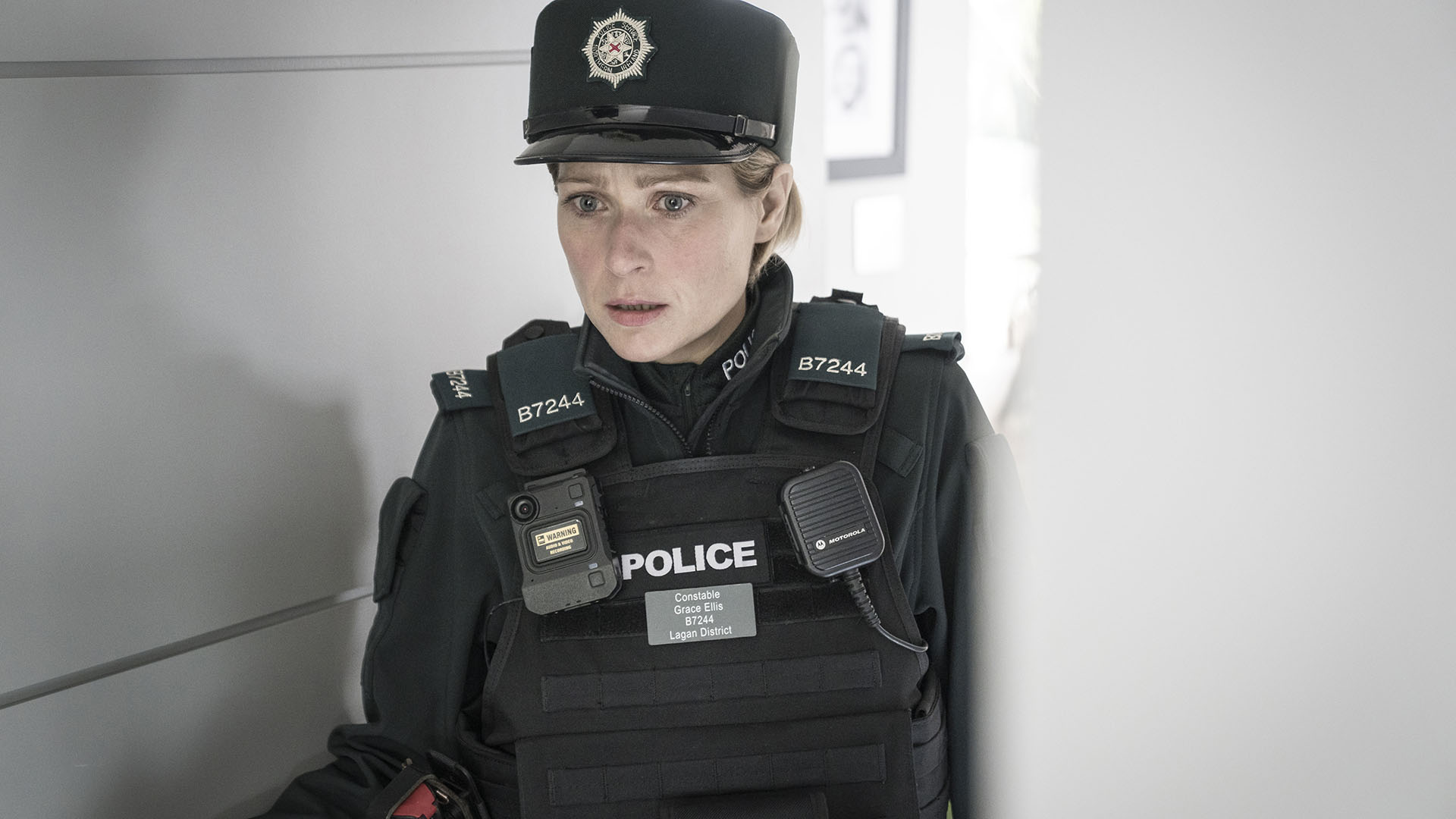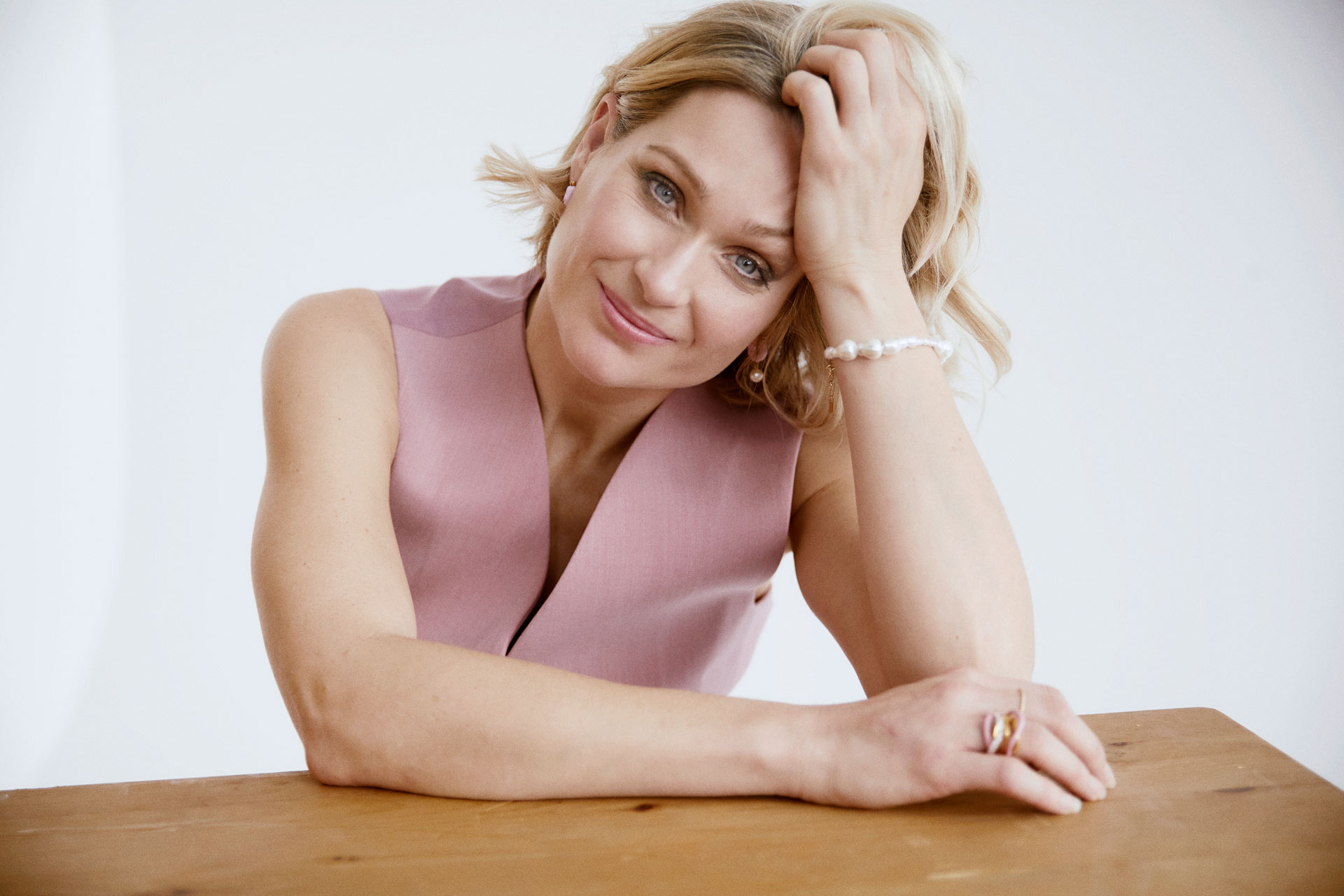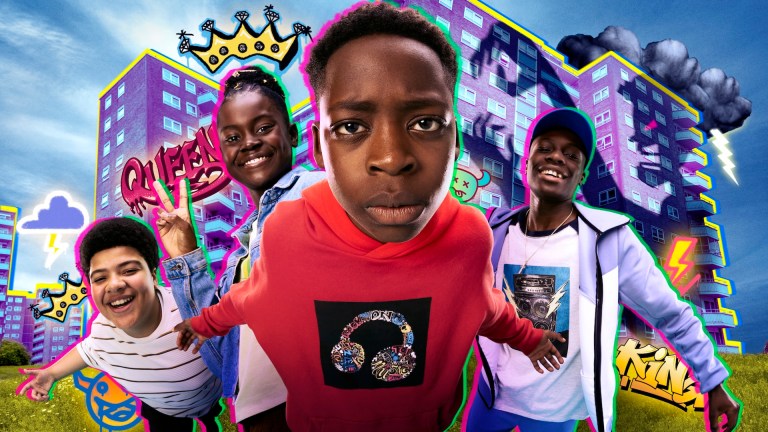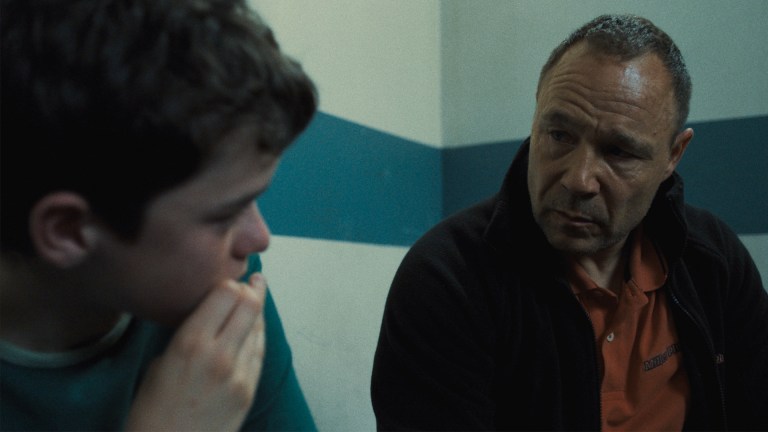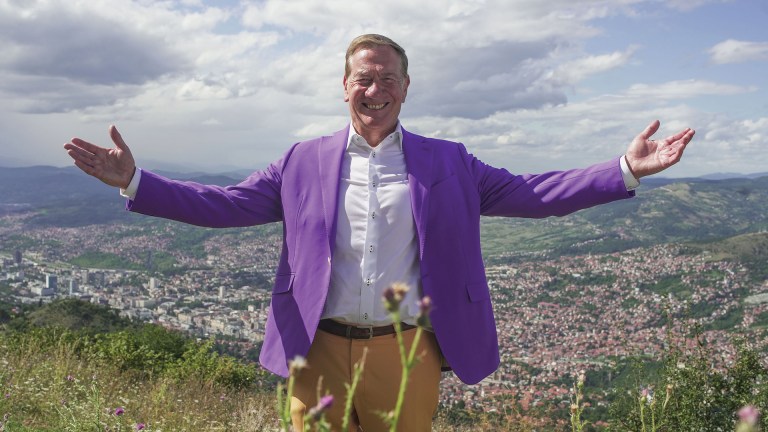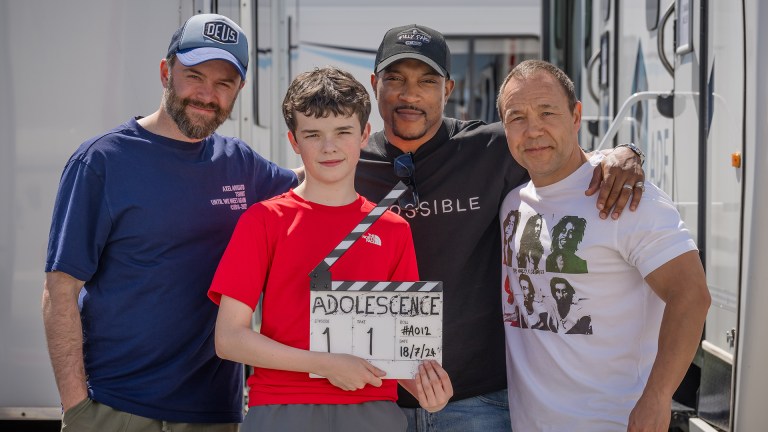It’s almost 25 years since the Good Friday Agreement was signed, ushering in an era of peace in Northern Ireland. The Northern Ireland Assembly was established, the Royal Ulster Constabulary (RUC) became the Police Service of Northern Ireland (PSNI), paramilitaries decommissioned thousands of weapons. But as we hit that anniversary, the promised sunlit uplands are still distant for some communities. The shadow of the Troubles is long, and many of the old power structures remain in place. Against this contemporary backdrop, the BBC’s new drama, Blue Lights, starring Sian Brooke, follows rookie PSNI officers in Belfast, a city where they still face unique challenges – and danger.
Like many who aren’t from Northern Ireland, Brooke says she didn’t really understand the complexities of the situation until she started work on the series.
“I didn’t understand the human side of it, I suppose,” she explains. “I didn’t have a deeper understanding of how it really weaves into people’s lives.”
Blue Lights is Sian Brooke’s first major leading role after appearing in some of the biggest series on UK TV, including House of the Dragon, Good Omens, Apple TV’s Trying and a very memorable turn as Sherlock’s sister Eurus in the Benedict Cumberbatch series. “In Sherlock I played a complete psychopath,” she says. “I don’t know what it says about me, but I loved playing a psychopath. You get to behave so outrageously, and do things you would never ever dream of doing in real life.”
Written by ex-Panorama documentary makers Declan Lawn and Adam Patterson, both from Northern Ireland, Blue Lights is very much grounded in reality. To this Belfast-born reporter at least, it feels impressively authentic. As the minds behind The Salisbury Poisonings – the BBC’s most watched drama of 2020 – Lawn and Patterson also know how to turn complicated real-life events into watchable telly.
“That’s the beauty of Adam and Declan’s writing,” says Brooke. “They know the mechanics of how that city lives and breathes. They were investigative journalists, so they’re curious with their research and I think that shows.”
